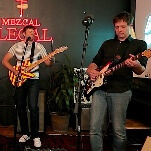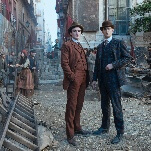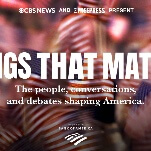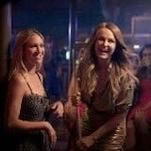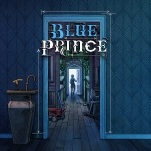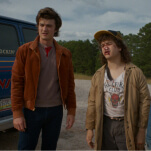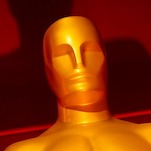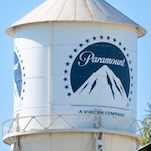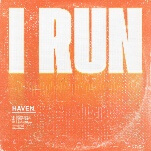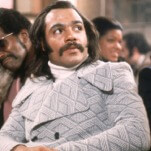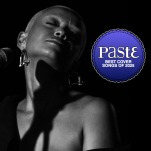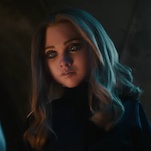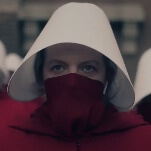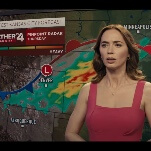Two versions of Good News set the tone for decades of campus comedies

One week a month, Watch This offers movie recommendations inspired by the week’s new releases or premieres. This week: School’s out for summer. Celebrate the end of a semester (or just the release of Neighbors 2) with these unconventional campus comedies.
Good News (1930) and Good News (1947)
Animal House defined the college comedy for the ’70s and ’80s, but it was far from the first time that American moviemakers went back to campus. In the silent and early sound eras, Hollywood generated stories galore about dating, sports, and putting on a show, using a university setting as an excuse to fill the casts with fresh young faces. Often these were nostalgia pieces, based on the writers’ own memories of matriculation. Sometimes they spoofed the fleeting fads of youth culture.
Good News did both. The Ray Henderson/B.G. DeSylva/Lew Brown musical first opened on Broadway in 1927, and made fun of how the age of the flapper and hot jazz had turned college campuses into places where parties took precedence over studying. The 1930 MGM movie version of Good News stays fairly faithful to the source material, telling the story of a lunkheaded football phenom who’s in danger of missing “the big game” if he doesn’t pass a re-test in astronomy class with the help of a prim, bookish, jock-averse young lady. In 1947, MGM’s Arthur Freed had director Charles Walters and screenwriters Betty Comden and Adolph Green remake the film, but still set the story in the late ’20s, so it’d seem more quaint.


